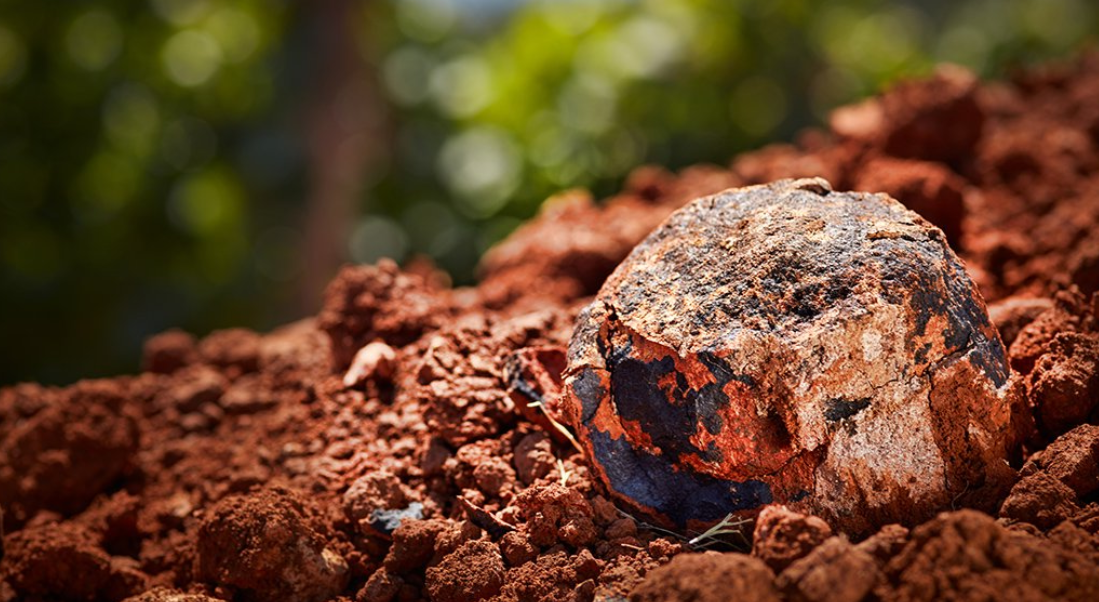It’s all about the dirt! The Willamette Valley’s acclaimed wines owe much to the unique nature of the soil. Here, we celebrate Oregon wine by breaking down the Willamette Valley’s top soils, their rich history, and why you should care about dirt.
Unless otherwise stated, credit for photos and captions goes to Paul from Rose and Arrow Estate
1. Jory Soil From Volcanic Clay (aka basalt lava flow)
Jory soil is the flagship of the Willamette Valley. It’s also the most easily identifiable with its red, nutrient-rich hue that comes from its high iron and clay content. This volcanic soil can be found throughout the Dundee Hills, first forming millions of years ago, when fissures located in what is now the Pacific North West created massive eruptions that covered most of Oregon and Washington with basalt. These flows eventually made their way to what would become the Willamette Valley, where they settled and created some of the world’s most fertile dirt. If you find some, we recommend rubbing it between your fingers to witness how it sticks together, showcasing its unparalleled ability to hold water. The result? Vines that do not require added irrigation to grow. Pinot Noir grapes that are harvested from Jory soil often lead to lush wines with a flavor profile of bright red fruit and a slight minerality to the finish. Wines also feature soft tannins, distinct floral notes and smooth bodies.
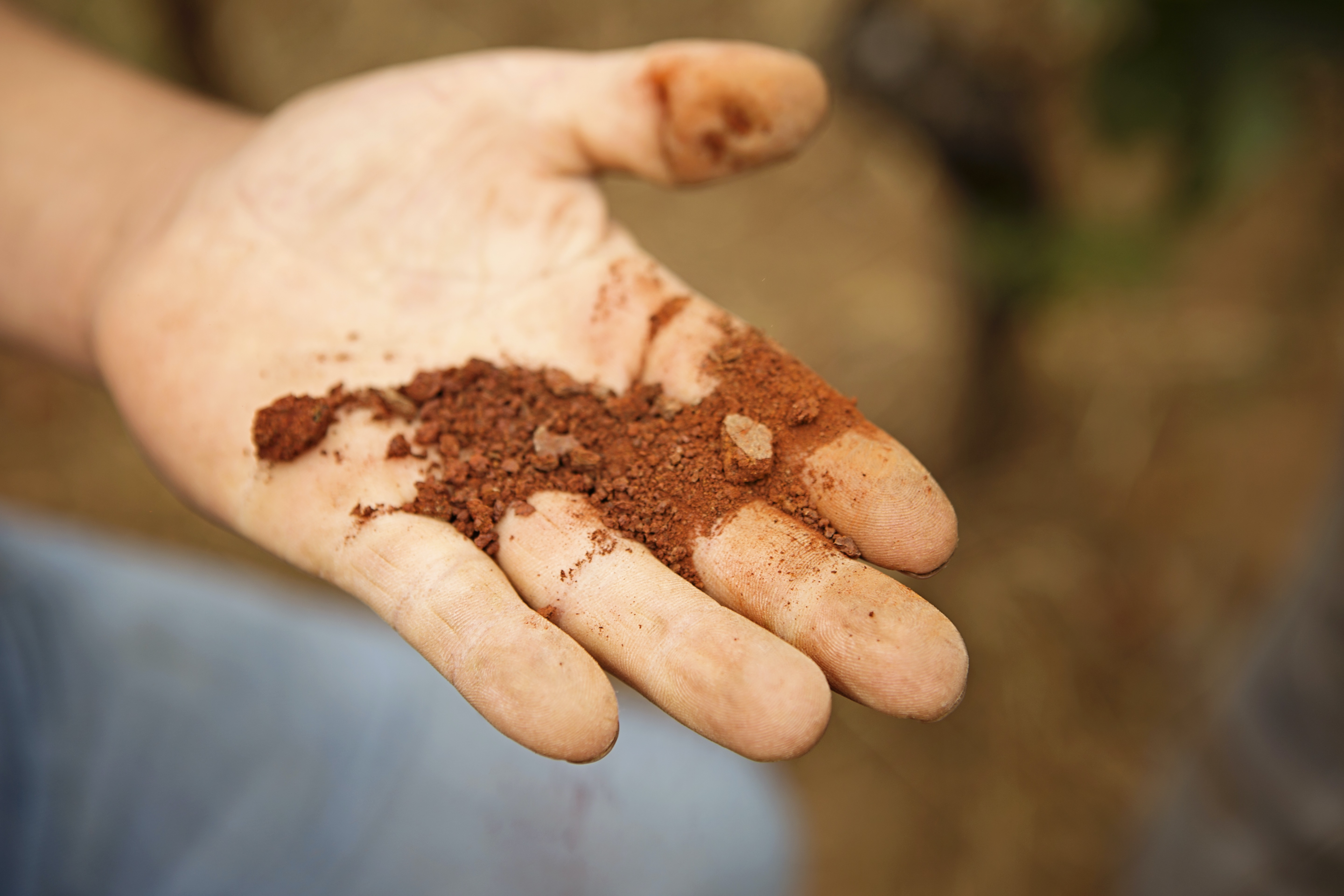
In the Willamette Valley we find soil that was deposited by the Missoula Floods alongside bedrock of ancient marine matter and myriad volcanic soils that are even older.
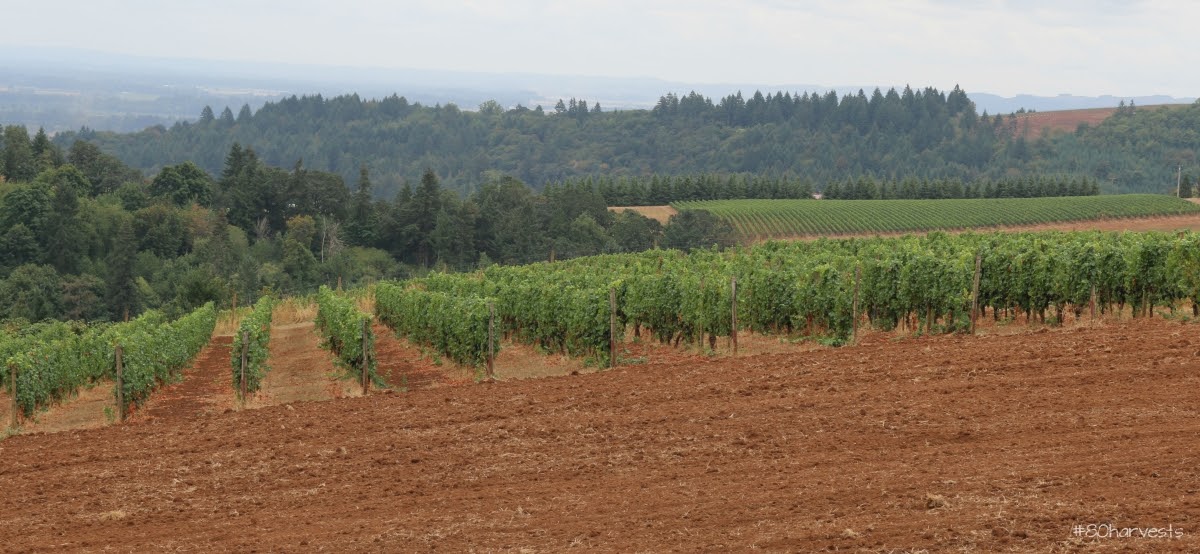
The rocks that we plant grapevines on impact the way the vines grow as well as the flavors that we’ll find in the wine.
2. Willakenzie Soil from Marine Sediment
Willakenzie is a far cry from Jory soil, but vastly important in the Valley nonetheless. If you were to repeat the same experiment we suggested above and rub Willakenzie soil between your fingers, it would turn to dust as it’s the driest soil in the Valley. Now, you might be thinking, “Why on earth would you want to plant vines in dry soil?” And the answer is… variety! While Jory soil holds onto water allowing the vines to grow without much added stress, Willakenzie soil requires the vine to work hard for its moisture. (Of course, the wine makers make sure to provide plenty of fertilizer to help assist too.) This change in approach leads to a more powerful and highly structured flavor profile. And as these vines age, the roots grow more expansive and plunge deeper into the soil. The result? Wines that express heavier notes such as black fruit, chocolate, and cola. When sipping a Willakenzie grown wine, we suggest lifting your glass to the Cascade mountain range in cheers, as it was this merging of the Pacific and North American tectonic plates that lifted up the ocean floor, exposing the marine sediment that defines this soil.
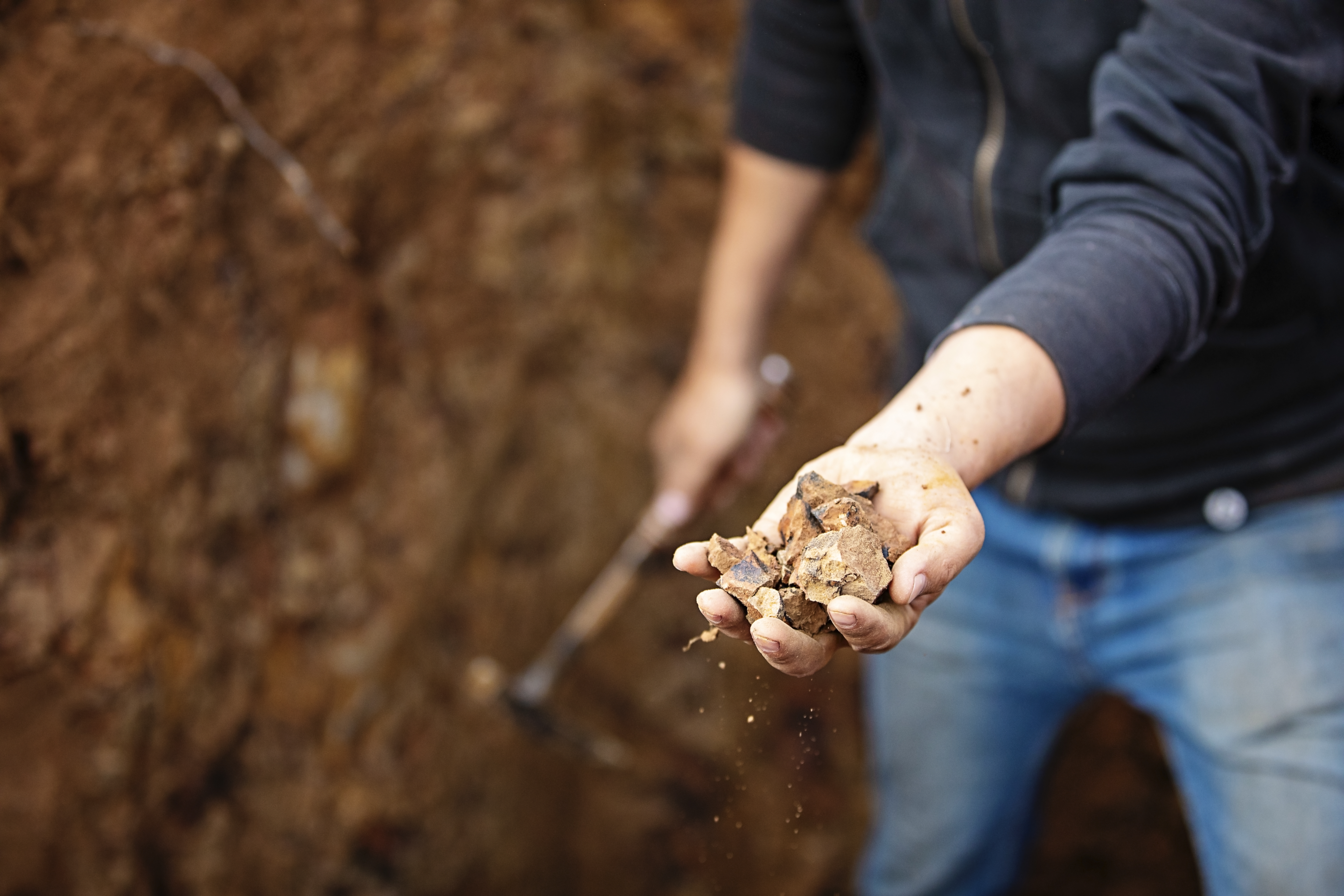
When we look at the world of wine in regions old and new, understanding geology and soil science is critical to winegrowing,
3. Loess/Laurelwood Soil from Windblown Silt:
Loess/Laurelwood is a shallow soil, which leads to an ashy consistency that rests somewhere between the lush Jory and powdery Willakenzie soils. Loess remains surprisingly fertile, but erodes easily, making the harvesting of vineyards a little more challenging. This is a soil though that brings out the ultimate earthiness of Oregon wines, leading to flavors like white pepper and brighter acidity. Loess is the youngest of the Valley’s three main soil types and is composed mostly of silt, which was deposited here when glaciers from our last ice age retreated. The silt was blown onto the Willamette’s hillsides somewhere between 50,000 and 1 million years ago. If you are hoping to try wines grown from this type of soil in the Willamette Valley, we recommend checking out the Chehalem Mountains, which is home to of some of the Willamette Valley’s highest elevations.
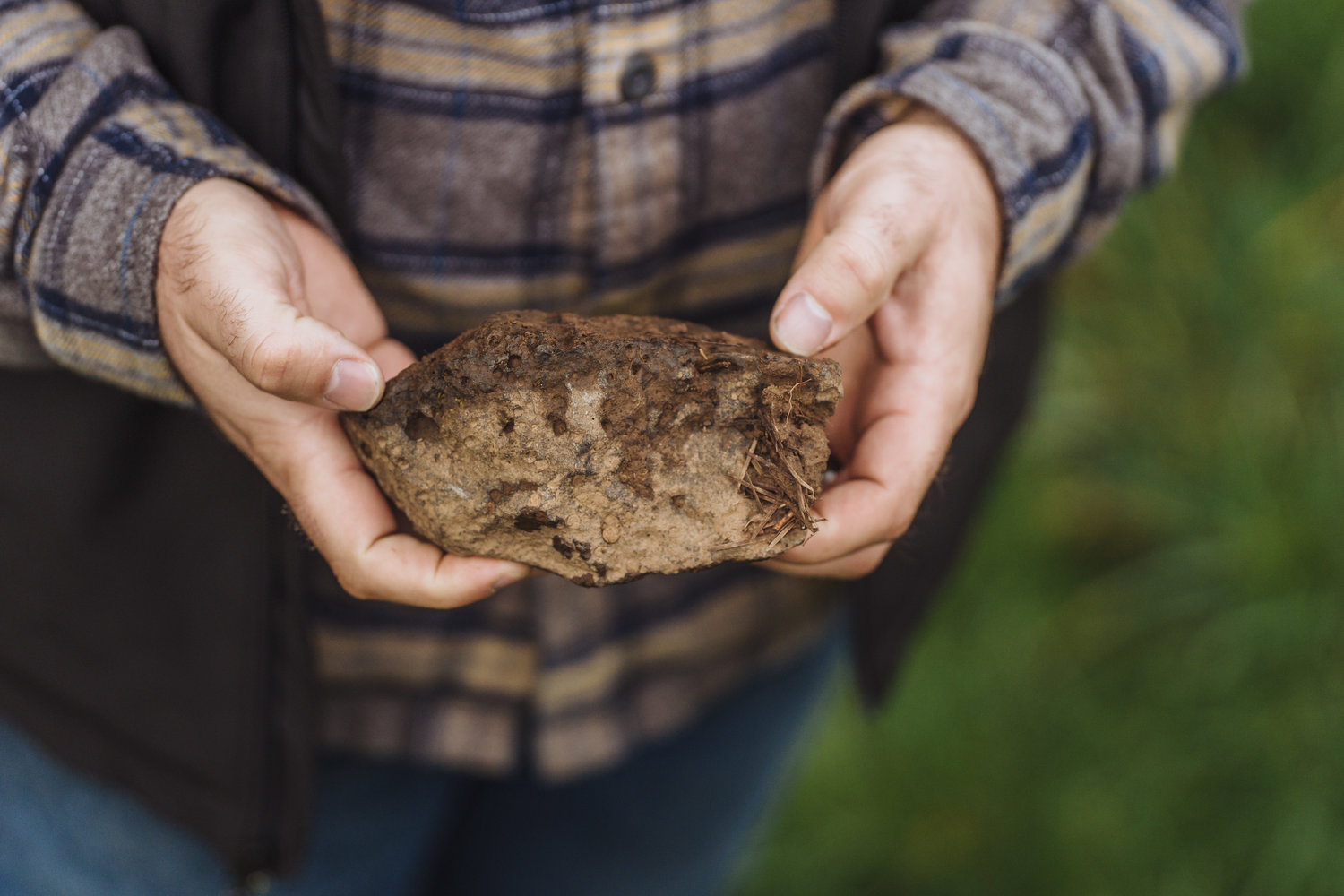
Photo credit to Ruby Vineyard
How do the Missoula Floods fit in?
If you’ve been wine tasting in the area, chances are you’ve heard of the Missoula floods. Thousands of years ago, at the end of the last ice age, these floods made their way from Montana to Western Washington and the Columbia River Gorge, shaping more than 16,000 miles of land, including many of the iconic rock formations you see throughout the gorge. This might sound extreme, but once you picture that the peak flow has been estimated at 10 million cubic meters of water per second, you start to get the idea. As the floods pummeled their way through Oregon, they deposited a blended mixture of soils, setting the stage for a fertile marshland making up the Willamette Valley floor. As Travel Oregon put it, “Vineyards [in the Willamette Valley] function like stoic survey crews, pulling up characteristics from long-ago environmental shifts and presenting them through wildly unique wines.”
Animation of the Missoula Floods
It’s our history, and times are a-changing.
To know the geological history of this area is to know that the environment is changing. This isn’t new of course, as everything that makes our soil great came from geological events of massive proportions. But as the climate shifts at unprecedented rates, what will the future of Oregonian wines look like? Beyond the effects of global climate change, soil makes up homes for countless animal and plant species, and those species in turn make up a stable ecosystem, without which, it’s impossible to keep the vineyards healthy and stable. That is yet another reason why we’re so lucky to be in the Willamette Valley, as wineries here prioritize environmental sustainability and choose to invest in keeping the ground healthy above all else, even profitability. So don’t hold back your questions when visiting any nearby wineries. The staff wherever you visit would love to talk about wines and land with you!
It can inspire all sorts of soil related fun.
Once you realize soil is cool, it can inspire you anywhere, long beyond your trip to wine country. Maybe you go home and try out some soil- related science experiments with your kids. Or maybe, if you’re artistic and feel inspired, you try using the dirt of the Willamette valley to paint, re-creating your favorite vista from a winery you visited while you were here. Maybe you buy one bottle from each type of soil and host a party where you challenge your friends to a blind taste-test. Whatever you choose, it’s fun to be reminded of what we so often take for granted under our feet.
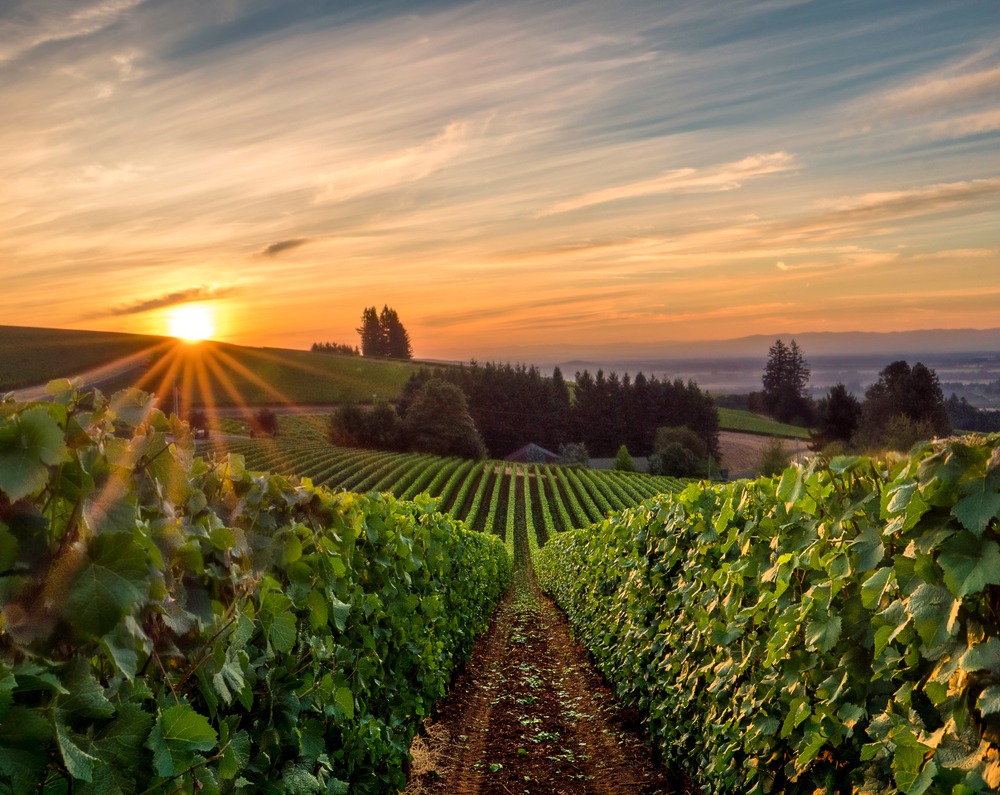
Understanding the rocks in our vineyard helps us understand the way the vine will grow and the way the wine will take shape.
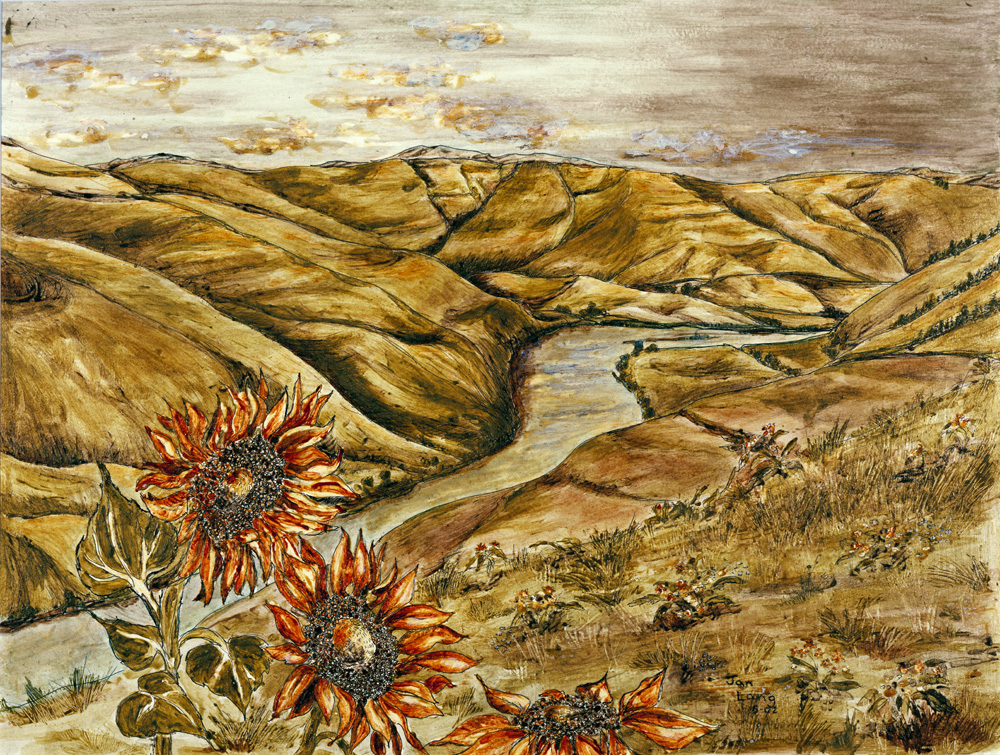
This absolutely incredible painting by Jan Lang is made exclusively from soil!
Feeling like a character in Jurassic Park yet? Are you ready to get your hands in the dirt to learn the mysteries of our past? Or perhaps you’re just really craving an elegant glass of Pinot Noir now? Book a room with us here at The Dundee and taste the wine that’s been millions of years in the making.
